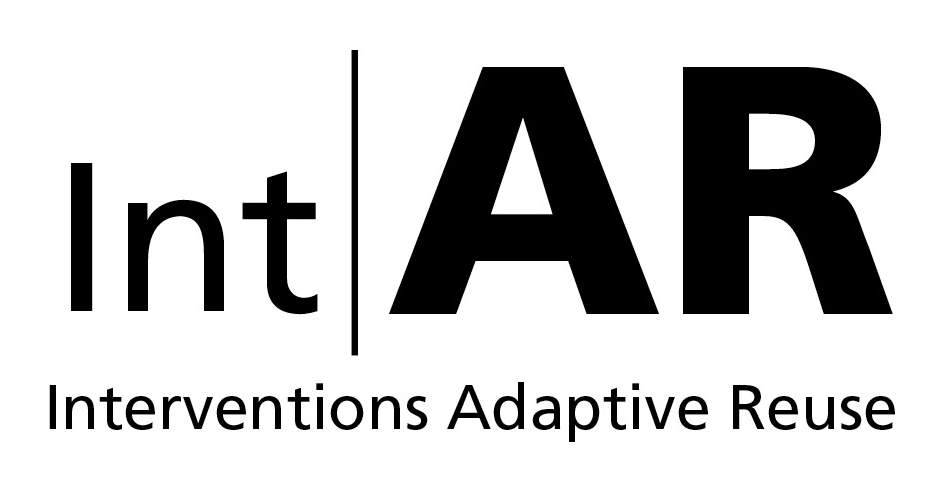CFP Volume 10
IN BETWEEN [narrative environments]
In our inaugural issue of 2009, we defined Int|AR’s focus on adaptive reuse as one that “includes not only the reuse of existing structures, but also the reuse of materials, transformative interventions, continuation of cultural phenomena through built infrastructure, connections across the fabric of time and space, and preservation of memory – all of which result in densely woven narratives of the built environment with adaptive reuse as their tool.”
In Volume 10, we explore the narrative environment from the minuscule scale of objects within vitrines to large-scale temporary installations in a sited context .....and all else IN BETWEEN.
We seek spatial narratives in scholarly proposals, built or unbuilt projects and critical explorations that extract and retell the stories that inhabit a space, building or IN BETWEEN.
About Int|AR
Established in 2009 as the first American academic publication focusing on Design and Adaptive Reuse, the Int|AR Journal explores this inherently sustainable practice through multi-faceted investigations and paradigmatic examples. Encompassing issues of preservation, conservation, alteration and interventions, each peer-reviewed issue offers broad but distinct viewpoints on a single topic.
ABSTRACTS:
Int|AR invites abstracts from scholars in the fields of design, interior design, interior architecture, architecture, preservation, related and interdisciplinary fields (architectural history, art history, archeology, engineering, urban studies, media studies).
Contributing to the international discourse on interior architecture, the journal addresses issues of existing structures and adaptive reuse by promoting creative explorations of this subject through exemplary works in which sustainability is one important facet. Its domain encompasses issues of preservation, conservation, alteration and interventions in the field of architecture and interior studies and practice, but also in the realms of urban and landscape design, and their repercussions in the history and theory of architecture, urbanism, art and design.
By exploring distinct viewpoints and approaches to specific themes, and by selecting contributions through a peer-review process, Int|AR is conceived as an engaging forum in which different and possibly controversial views are expressed.
Selection of abstracts will be based upon the submission’s relationship to a specific question of inquiry and how it relates to Building Reuse and spatial transformations. Articles submitted after the initial abstract review, should be no more than 3500 words. Text must be formatted in accordance with the Chicago Manual of Style, 15th Edition. All articles must be submitted in English, and spelling should follow American convention. All submissions must be submitted electronically. Text should be saved as Microsoft Word or RTF format. Int|AR is committed to the highest standard of printed graphics and accept only articles where the authors can provide high quality photos and illustrations. Image files as TIFF files with a resolution of at least 300 dpi at 8” by 10” print size. It is the responsibility of the author to secure permissions for image use and pay any reproduction fees. A brief author biography (around 150 words) must accompany the text.
ABSTRACT REQUIREMENTS:
-Proposals 250 words_ by September 15, 2018
- Notification of abstract acceptances by October 15, 2018
Email to: intarjournal@risd.edu

